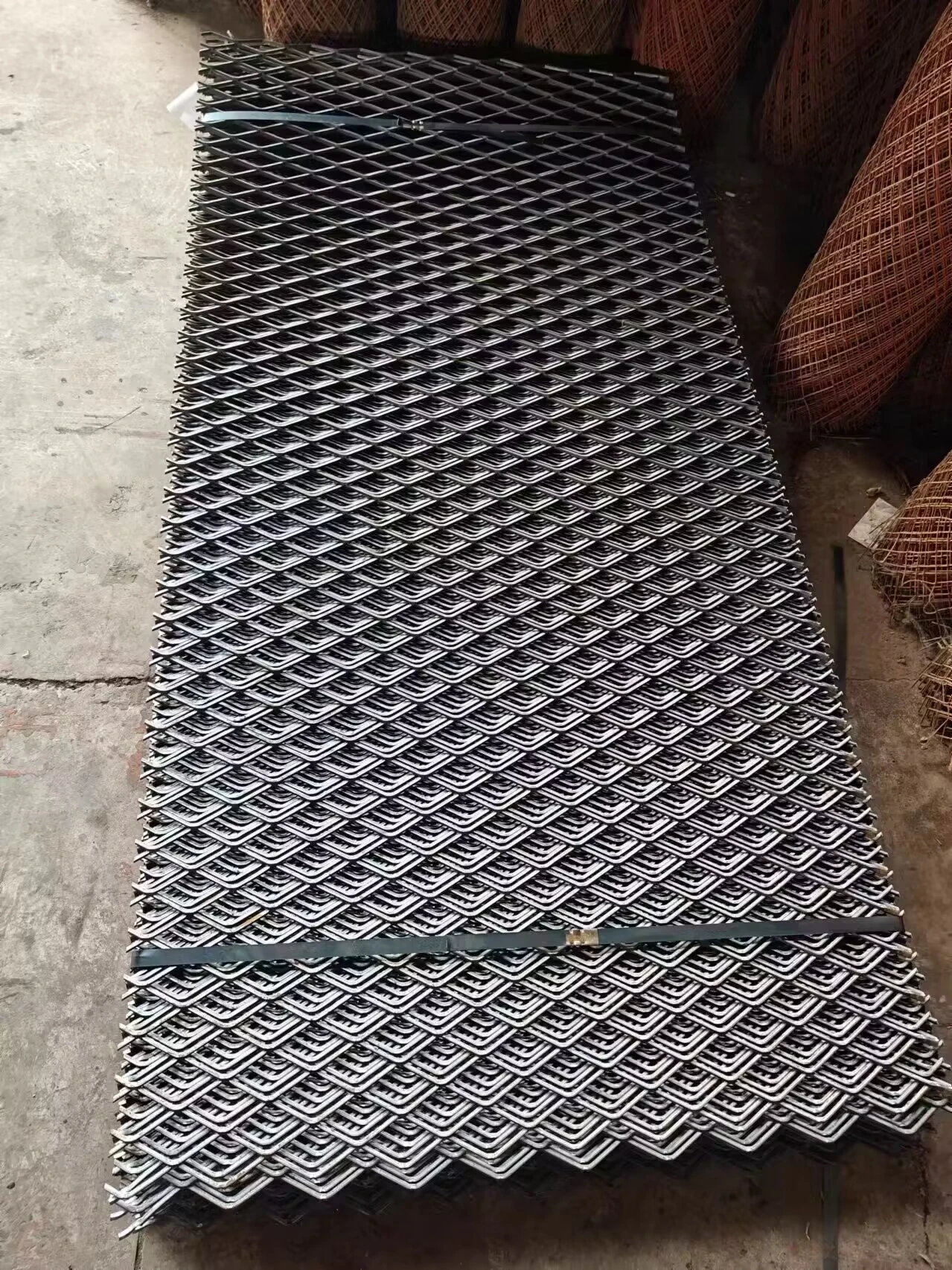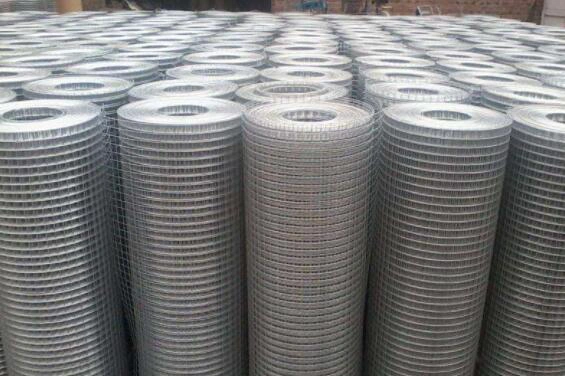- Fundamental composition and production process of expanded metal materials
- Exceptional properties of titanium grade for specialized industrial applications
- Technical comparison with traditional wire mesh solutions
- Structural design variations affecting material pricing factors
- Performance benchmark among established manufacturing suppliers
- Custom configuration development for specific operational requirements
- Documented implementation cases across major industry sectors

(what is expanded metal mesh)
Understanding the Core Composition of Expanded Metal Material
Expanded metal mesh represents a versatile architectural material manufactured through a precise slit-and-stretch process. Unlike woven alternatives, the material begins as solid metal sheets - typically aluminum, steel, or stainless steel - that undergo computerized pattern cutting before being stretched perpendicularly. This cold-working technique produces diamond-shaped openings that maintain structural integrity while reducing overall weight by 15-25% compared to solid sheets. The characteristic bond points where strands intersect create exceptional load-bearing capacity without compromising ventilation or light transmission.
Manufacturers utilize multiple expansion ratios depending on application requirements. Standard expansion patterns create 60-70% open area in architectural grades, while heavy-duty industrial applications might feature 40-50% open area configurations. Material thicknesses range from 0.5mm delicate meshes for filtration systems to 12mm structural platforms capable of supporting industrial equipment. The unique manufacturing process creates a rigid mesh without welded joints - eliminating weak points that typically fail in traditional wire constructions under vibrational stress or thermal cycling.
Titanium Grade Solutions for Extreme Service Environments
Titanium expanded metal mesh delivers unparalleled performance where standard materials falter. Boasting a strength-to-weight ratio superior to structural steel, titanium mesh weighs approximately 40% less than comparable steel configurations while demonstrating twice the tensile strength of aluminum varieties. Its natural oxide layer provides exceptional corrosion resistance, making it indispensable in chemical processing facilities where material loss from stainless steel meshes can exceed 3% annually in highly acidic environments. Salt spray tests demonstrate titanium retains integrity after 5,000+ hours - 12 times longer than premium 316 stainless steel alternatives.
Aerospace applications leverage titanium mesh for components facing temperatures exceeding 400°C where aluminum weakens and steel corrodes. Commercially pure grades (Grade 2) serve pharmaceutical filtration systems requiring non-contaminating properties, while titanium alloys (Grade 5) reinforce composite materials in naval vessels. Despite higher upfront material costs, titanium's longevity in harsh conditions delivers lifecycle cost reductions of 35-60% according to industrial maintenance records. The material's non-magnetic properties and biocompatibility further enable specialized uses in medical implants and electromagnetic shielding applications unattainable with standard metals.
Structural and Performance Comparison Against Traditional Wire Mesh
While both materials provide screening solutions, expanded metal's manufacturing process yields distinct advantages over woven wire mesh. The uninterrupted material flow creates significantly greater rigidity, with standard steel expanded mesh demonstrating 72% higher resistance to bending deformation compared to equivalent weight welded wire panels. Vibration testing reveals expanded metal maintains structural integrity at frequencies above 125Hz that cause welded wire joints to fail prematurely. This makes expanded configurations ideal for machinery guards, mining screens, and platforms subjected to constant mechanical stress.
Unlike woven alternatives that unravel when cut, expanded metal's inherent structure prevents unraveling at edges - a critical safety feature for construction fall protection systems. Drainage efficiency benchmarks show diamond openings clear water 40% faster than square wire mesh patterns during simulated 75mm/hour rainfall events. However, wire meshes maintain advantages where ultra-fine filtration is required, supporting pore sizes down to 10 microns versus expanded metal's practical 100-micron minimum opening. Electrical applications also favor welded wire's predictable conductivity across uniform grid patterns.
Comprehensive Cost Variables Affecting Material Specifications
Pricing for expanded metal mesh depends on three primary variables: base material composition, strand thickness (SWD), and strand width (LWD). Carbon steel represents the most economical option at $18-25/m² for standard industrial patterns, while galvanized coatings add 15-20% to material costs. Aluminum meshes typically command a 35-50% premium over steel, with high-grade 5052 marine alloy configurations reaching $40-75/m². Stainless steel series escalate costs to $60-140/m² depending on alloy composition, while titanium meshes represent the premium segment at $280-550/m² due to complex processing requirements.
Production complexity significantly impacts pricing. Standard diamond patterns cost 20-30% less than proprietary designs requiring specialized tooling. Flattening processes that produce smooth surfaces add 15-25% to quoted rates. High-volume orders typically reduce per-unit costs by 12-18% for standard configurations due to optimized coil processing efficiency. Architectural applications featuring painted or powder-coated finishes incur additional surface treatment expenses ranging from $8-22/m² depending on coating quality and warranty requirements. Secondary operations like precision cutting, edging, or forming typically constitute 25-40% of total project costs.
Manufacturer Performance Benchmark Analysis
| Producer | Material Range | Thickness (mm) | Customization | Lead Time | ISO Cert |
|---|---|---|---|---|---|
| Metals Inc | Al, Stl, SS | 0.7-8.0 | Limited | 14 days | 9001 |
| Expando Group | Al, Stl, SS, Ti | 0.5-12.0 | Full | 10 days | 9001/14001 |
| Industrial Mesh Co | Stl, SS | 1.0-6.0 | Moderate | 21 days | None |
The expanded metal marketplace features significant capability variations between suppliers. Leading manufacturers maintain comprehensive coil processing facilities allowing thickness variances of ±0.05mm compared to ±0.15mm tolerances typical of smaller operations. Premium producers like Expando Group maintain in-house engineering teams developing proprietary patterns that increase open area efficiency by 8-12% while maintaining structural requirements. Advanced suppliers now incorporate automated optical measurement systems ensuring pattern consistency below 0.2% dimensional variation across production runs - critical for architectural installations demanding seamless visual continuity.
Material traceability presents another key differentiator. Aerospace and nuclear applications require full material pedigree documentation only maintained by approximately 35% of current manufacturers. Top-tier producers employ spectroscopic chemical verification for every coil, detecting alloy inconsistencies that inferior quality control systems might miss. Environmental compliance also varies significantly, with premium European manufacturers operating closed-loop coolant systems that reduce chemical consumption by 85% compared to conventional treatment approaches. Production facilities certified to both ISO 9001 and 14001 standards consistently demonstrate superior welding procedure qualification records essential for critical structural assemblies.
Precision Engineering for Specialized Applications
Modern expansion technology supports highly customized configurations extending beyond basic diamond patterns. Architectural installations increasingly utilize custom hexagonal and circular perforation designs achieved through specialized rotary dies. Engineers now combine varied strand dimensions within single panels to create zones with different load capacities - structural central areas featuring 3.5mm strands while perimeter sections utilize lighter 1.8mm elements. Computational modeling facilitates these hybrid designs by predicting stress distribution across unconventional patterns with 92% accuracy versus physical prototyping.
Composite integration represents another innovation frontier. Manufacturers develop expanded metal cores sandwiched between polymer sheets for chemical tank covers requiring both corrosion resistance and structural reinforcement. Petrochemical projects increasingly specify explosion-rated designs where mesh patterns incorporate flame arrestor geometries validated through IEC 60079 testing protocols. For solar installations, optimized aperture designs achieve 18-22% material reduction while maintaining necessary rigidity for photovoltaic panel support structures. Recent advancements allow surface texturing during the expansion process itself, creating non-slip patterns exceeding OSHA 0.5 coefficient of friction requirements without secondary processing steps.
Documented Operational Implementations of Expanded Metal Solutions
Offshore oil platform renovations demonstrate expanded metal's durability advantages where structural decking replacements required 3mm thick aluminum alloy mesh resisting salt corrosion while reducing load on aging support structures by 22 metric tons. Continuous vibration monitoring showed negligible fatigue versus previously installed wire alternatives that developed stress fractures requiring quarterly maintenance. In automotive manufacturing, robotic welding cells incorporate custom titanium mesh screens that withstand sparks exceeding 1,800°C while blocking 99.3% of UV radiation without the frequent replacement carbon fiber curtains required every 45 operational days.
Municipal infrastructure projects reveal lifecycle cost benefits. A recently completed 12,000m² parking structure utilized galvanized steel panels featuring a patented non-slip surface pattern. Maintenance records indicate zero replacement needs after five years despite heavy salting during winter months - whereas traditional concrete alternatives showed 15% surface deterioration requiring repairs during the same period. The facility reports 30% improved drainage performance during storm events, eliminating standing water issues present in previous designs. Pharmaceutical manufacturers validate titanium mesh performance in lyophilizer chambers where material integrity prevents particulate contamination during sterile filling operations - quality testing shows 99.98% particle retention over 24-month operational cycles.

(what is expanded metal mesh)
FAQS on what is expanded metal mesh
Q: What is expanded metal mesh?
A: Expanded metal mesh is a versatile material created by cutting and stretching metal sheets into a patterned mesh. It offers durability, airflow, and lightweight properties, commonly used in construction, filtration, and safety applications.
Q: What are the advantages of titanium expanded metal mesh?
A: Titanium expanded metal mesh provides exceptional corrosion resistance, high strength-to-weight ratio, and thermal stability. It’s ideal for aerospace, chemical processing, and marine environments requiring extreme durability.
Q: How does wire mesh differ from expanded metal mesh?
A: Wire mesh is woven or welded from individual wires, creating uniform openings, while expanded metal mesh is formed from a single sheet, producing interlinked strands. Expanded metal is stronger and more rigid for heavy-duty uses.
Q: What factors influence expanded metal mesh price?
A: Price depends on material type (steel, aluminum, titanium), sheet thickness, aperture size, and production complexity. Custom designs or coatings like galvanization also increase costs.
Q: Where is titanium expanded metal mesh typically used?
A: It’s used in aerospace components, medical devices, and chemical reactors due to its biocompatibility and resistance to harsh conditions. It’s also popular in architectural designs for lightweight, rust-proof structures.

















